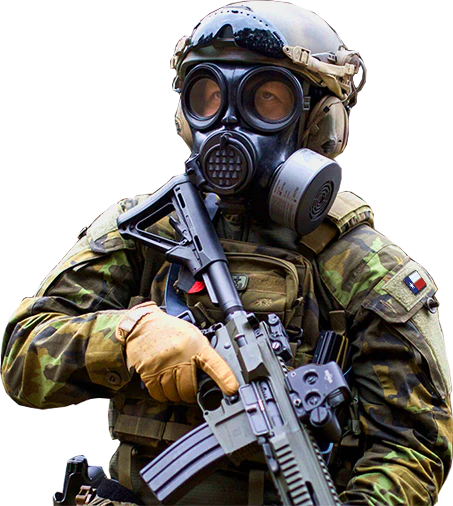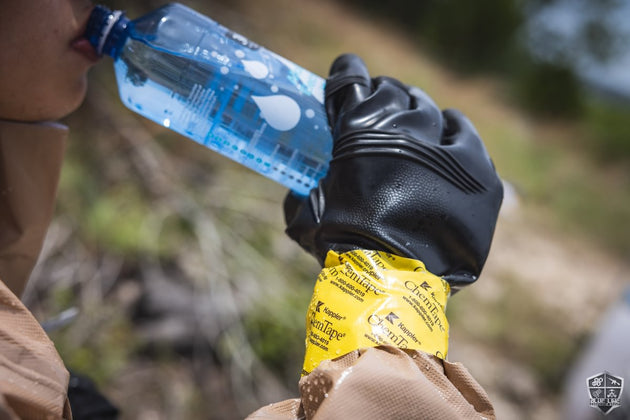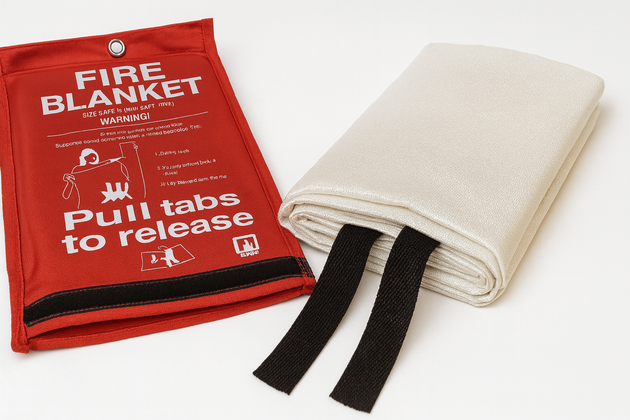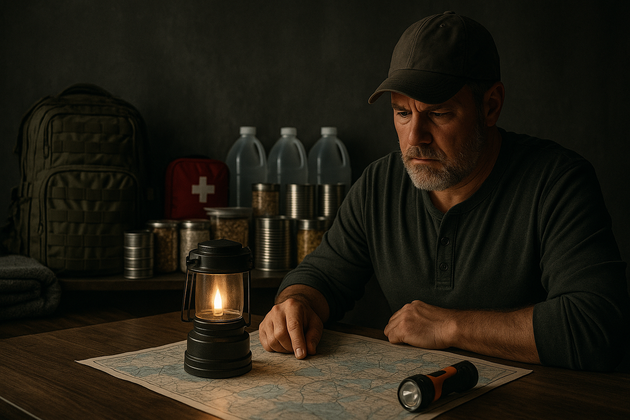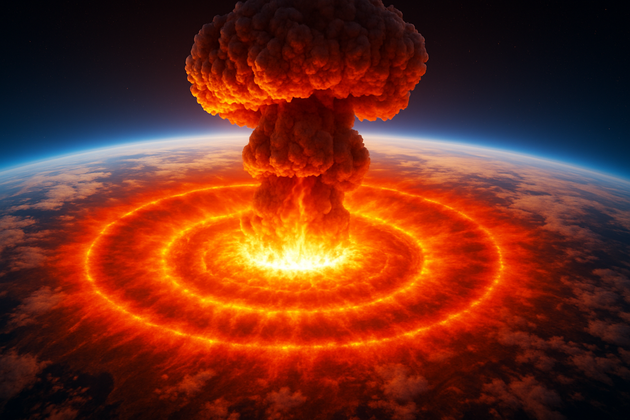-
By Jeff Edwards
The Cobalt Bomb Concept from Dr. Strangelove is Back
Cobalt bomb is a salted thermonuclear device jacketed in cobalt-59; at detonation it produces cobalt-60 and blankets regions with long-lived gam...
-
By Jay Speakman
Ultimate Emergency Water Storage Guide: Surviving SHTF Scenarios
Emergency water storage starts with math, not panic: plan at least 1 gallon per person per day, scale to 14–30 days (and beyond), and include pe...
-
By Jay Speakman
Fire Blanket for Emergencies: Materials, Standards & Safety Protocol
A fire blanket is a fiberglass fire-suppression sheet that smothers flames by cutting off oxygen an instant, mess-free option for kitchens, work...
-
By Jay Speakman
The Complete Bug In Guide: Navy SEAL Home Defense & Survival Strategies
Bugging in, is often the safer choice when disaster strikes. This Navy SEAL inspired bug in guide provides a clear stay-or-go framework, layered...
-
By Jeff Edwards
Project Sundial: The Untold Story of the Biggest Nuclear Bomb Ever Conceived
Project Sundial was a Cold War concept for a 10,000 megaton hydrogen bomb linked to Edward Teller and Lawrence Livermore National Laboratory. Wi...
Latest Article
Gas Masks for the Masses: How a Refugee Built a Defense Contractor from Scratch
This isn’t just a business story, it’s about faith, fear, failure, and the fierce belief that ordinary people deserve extraordinary protection. From watching 9/11 smoke rise over NYC to shipping gas masks from our tiny apartment, we built MIRA Safety to make sure no family is left defenseless when disaster strikes.
For the first time, I’m sharing our journey in full—the struggles, the miracles, and the mission that drives us to prepare the world for whatever comes next.
Blog
Subscribe to our blog
Threat intel, conflict news, survival hacks, historical disasters, CBRN mastery!
